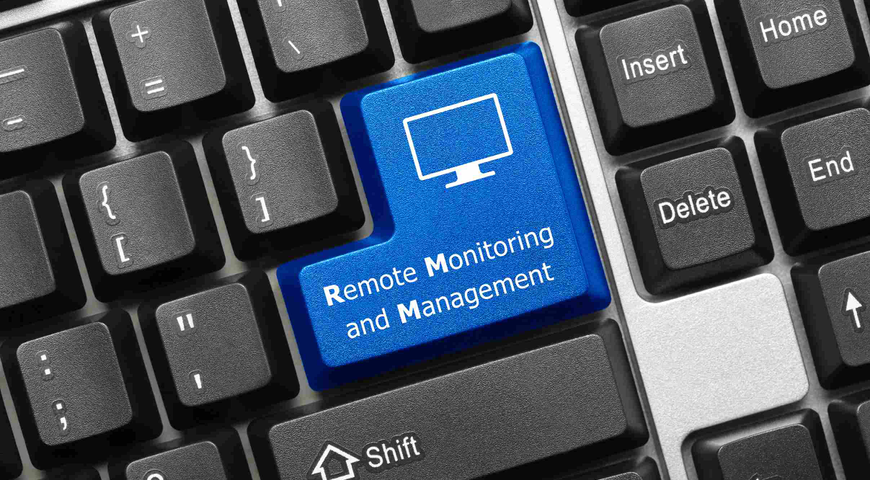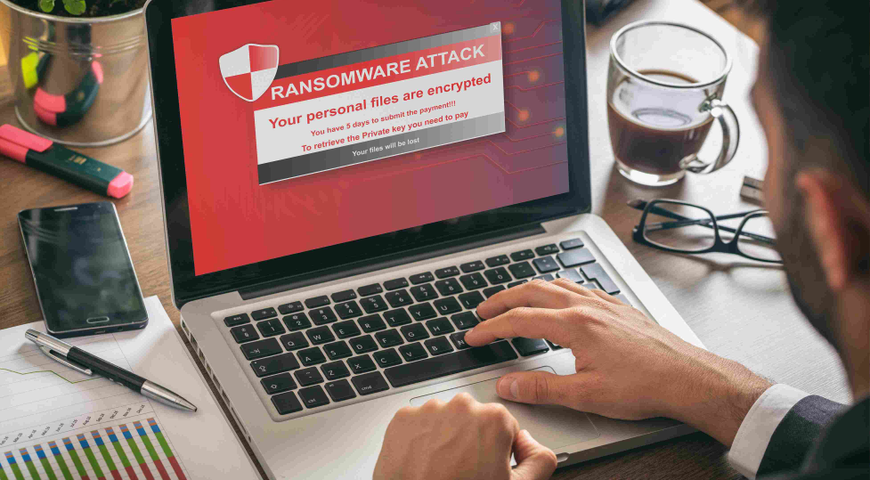
In our recent article, "A brief history of RMM: where it started and the factors shaping it today," we explored how remote monitoring and management (RMM) revolutionized the managed service provider (MSP) industry. From enabling the shift from break-fix models to proactive monitoring, RMM has been a cornerstone of MSP operations. We also discussed how SaaS, hybrid environments and escalating cybersecurity threats shape the RMM solution category.
But what does the future hold for this critical category of software? In this article, we’ll dive into five key factors that will be shaping the future of RMM and how these changes will impact MSPs and their clients.

1. Convergence of RMM and other MSP tools into all-in-one platforms
The MSP landscape is becoming increasingly complex, with tools for monitoring, security, backup, patch management, remote support, PSA and more. To streamline operations and improve efficiency, the industry is moving toward all-in-one MSP platforms that integrate RMM with other essential tools. This convergence eliminates the need for multiple disjointed solutions, reducing complexity and improving usability.
2. Convergence of RMM and security
As cyberthreats continue to evolve, the line between RMM and security is blurring. MSPs can no longer afford to treat monitoring, endpoint management and security as separate functions. The future of RMM lies in natively integrating security solutions such as endpoint detection and response (EDR), extended detection and response (XDR) and threat intelligence directly into the platform and between each other.
Such convergence is especially valuable for incident responses. For example: an XDR system integrated with RMM detects an unusual spike in disk I/O activity on a client’s workstation, indicating a potential ransomware attack. It automatically isolates the endpoint from the network to prevent lateral movement, triggers an anti-malware scan and rolls back the system to the last known clean state using backup integration. Additionally, it patches the system via RMM to close any exploited vulnerabilities and ensure future protection. If further investigation is needed, an MSP technician can connect to the system via the integrated remote desktop to analyze logs, verify remediation steps and restore normal operations. This fully automated response minimizes downtime, prevents further damage and ensures security without manual intervention.
3. Automation through AI
Automation has always been a core function of RMM, but the integration of artificial intelligence (AI) is taking it to the next level. AI-powered RMM solutions can analyze vast amounts of data to identify patterns, predict issues and automate routine tasks.
Across the market, MSPs are striving to increase the number of managed endpoints per technician — from approximately 250 to 500 endpoints. Achieving this level of efficiency is impossible without advanced automation and AI. For example, patching automation alone can dramatically improve MSP efficiency. As one of our partners noted, “Now with Acronis ... I need two to five minutes to perform full patching support and before, I needed two days.”
By leveraging AI-driven automation, MSPs can reduce manual workloads, minimize human error and free up technicians to focus on higher-value tasks. These capabilities are critical for MSPs operating under tight talent constraints, allowing them to decrease costs, increase profitability and deliver better service to their clients.
4. From endpoint to asset management: A unified IT asset taxonomy and cyber operations
Traditionally, RMM tools have focused on managing endpoints such as desktops, laptops and servers. However, the modern IT environment is far more complex, encompassing SaaS applications, hybrid cloud environments, users, documents and more. These assets are not only diverse but also interconnected through complex relationships — for example, users in SaaS applications versus users in Active Directory, or performance metrics for on-premises resources versus cloud resources.
To effectively manage these assets, MSPs and IT teams require a comprehensive and unified IT asset taxonomy. This taxonomy ensures that all components of an MSP’s toolset operate with a consistent understanding of the IT environment. A unified taxonomy enables seamless data flow between natively integrated components, eliminating duplication and gaps in data.
This unified data flow is critical for analytical systems to generate accurate, actionable insights. Without it, MSPs risk working with fragmented or inconsistent data, leading to inefficiencies and blind spots in their operations.
The future of RMM lies in its convergence with PSA, IT documentation and other tools to create a holistic IT management ecosystem. At Acronis, we refer to this convergence as cyber operations — a unified approach that integrates RMM, PSA, remote desktop and IT documentation into a single platform.
5. Data localization laws and geopolitical risks
As data regulations tighten worldwide, MSPs must ensure their RMM solutions comply with data localization laws, which require data to be stored and processed within specific regions. Laws like GDPR (EU), CCPA (California), LGPD (Brazil), UAE’s PDPL and Saudi Arabia’s PDPL impose strict data handling rules.
Beyond localization, geopolitical risks — trade restrictions, sanctions and shifting international relations — add further complexity. MSPs operating across multiple regions must navigate these challenges to maintain compliance and service continuity.
RMM solutions should offer flexible data storage options and robust auditing tools to help MSPs meet regulatory requirements. By prioritizing data sovereignty and risk management, vendors can enable MSPs to operate smoothly in an increasingly fragmented regulatory environment.
Acronis RMM: Built for the future
At Acronis, we understand the factors shaping the future of RMM, and we’re committed to staying ahead of the curve. Acronis RMM, part of the Acronis Cyber Protect Cloud platform, is a natively integrated, secure and AI-powered solution designed to meet the evolving needs of MSPs. With features like unified monitoring, patch management, remote desktop and Microsoft 365 management, Acronis RMM enables MSPs to deliver superior IT services while enhancing security and efficiency.
This year, we’re doubling down on our commitment to innovation by adding more capabilities to Acronis RMM, particularly in automation via AI, enhanced EDR and XDR integration, Microsoft 365 management, extended asset management and smart patching capabilities.
Learn more about Acronis RMM and start your free 30-day trial today.

About Acronis
A Swiss company founded in Singapore in 2003, Acronis has 15 offices worldwide and employees in 50+ countries. Acronis Cyber Protect Cloud is available in 26 languages in 150 countries and is used by over 21,000 service providers to protect over 750,000 businesses.



